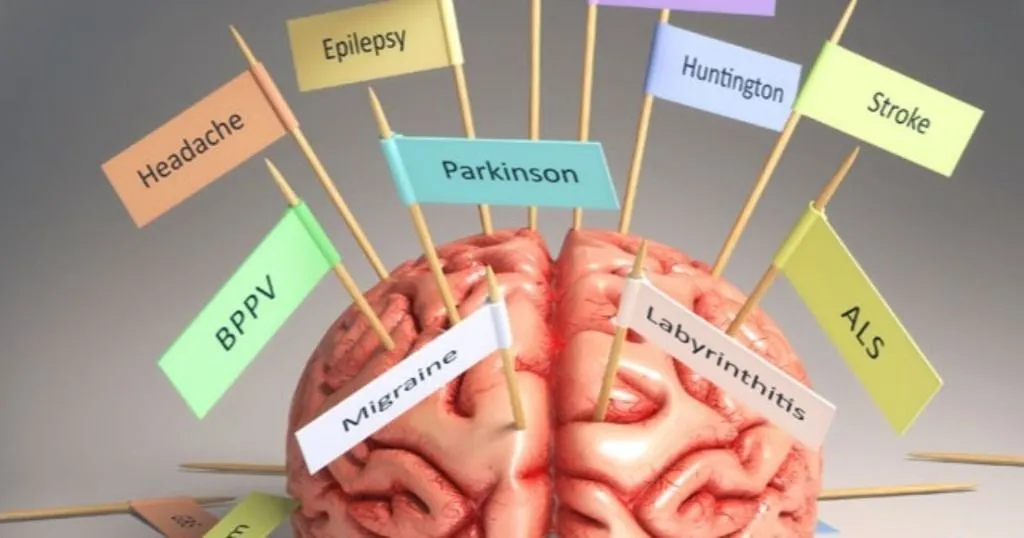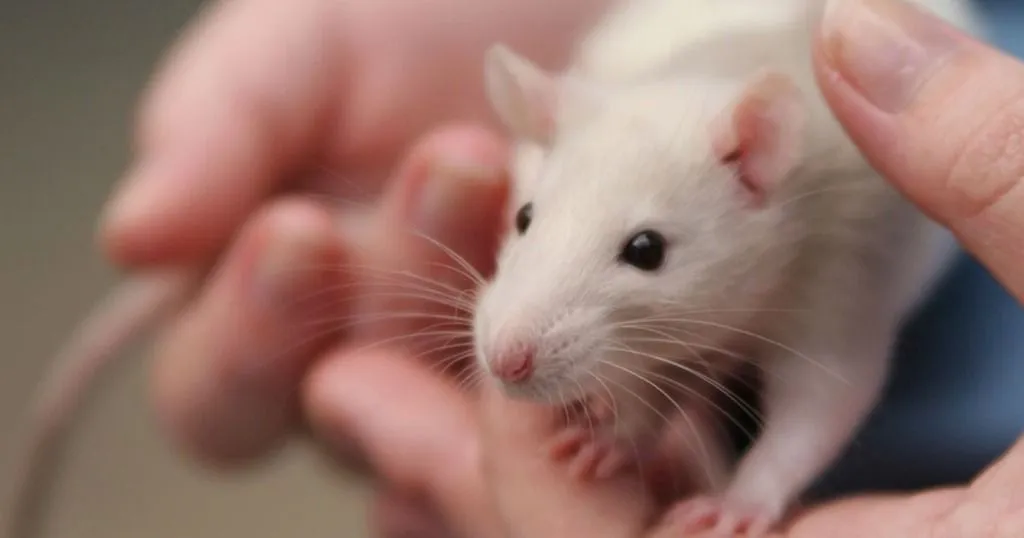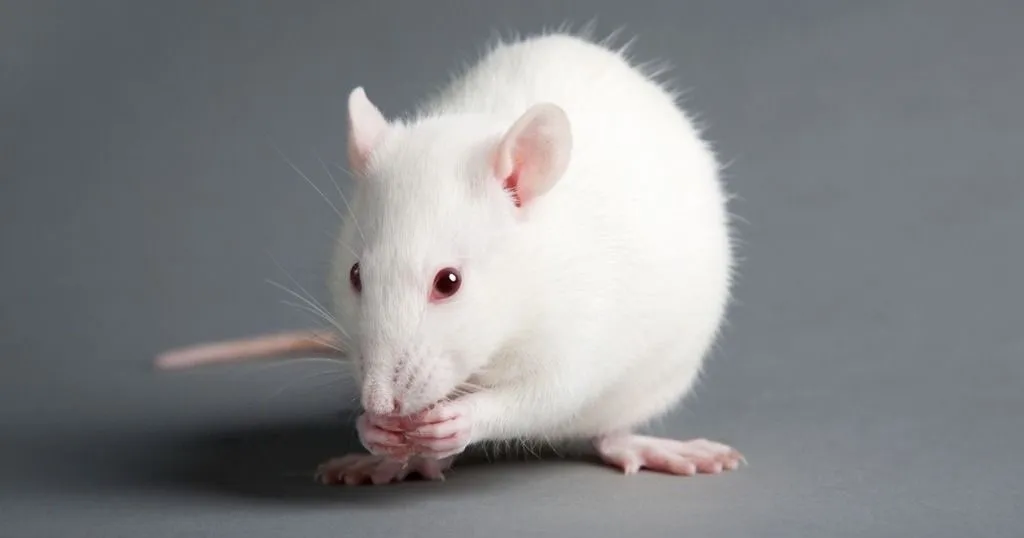5 blog posts about brain research
During the annual Brain Awareness Week, international attention focuses on the brain to increase public awareness of the progress and benefits of brain research.
Posted by
Published on
Mon 11 Mar. 2019
Topics
| Alzheimer's Disease | Brain Research | EthoVision XT | Parkinson's Disease | Traumatic Brain Injury |

During the annual Brain Awareness Week (BAW), international attention focuses on the brain to increase public awareness of the progress and benefits of brain research. Some key questions are as follows: How does the brain work? How does a disorder of the brain develop? What is the importance of neuroscience research?
Celebrate brain awareness
There are a wide variety of brain disorders, and they can occur at any age. Alzheimer’s disease, brain cancer, epilepsy, Parkinson’s disease, cerebral palsy, Huntington’s disease, and mental disorders are just a few examples. Practically everyone knows someone in his or her surroundings who is familiar with a brain disorder. However, we do not always consider the impact of these diseases upon a person's life.
During BAW, events and educational activities will take place to change that. For example, there are lectures on brain-related topics, open days at neuroscience laboratories, brain fairs with hands-on activities, games, and experiments, displays at malls, libraries, and community centers, classroom workshops, and social media campaigns, to name a few.
Research in the brain sciences
A lot of research is done and is still occurring in the field of the brain. For example, neurobehavioral studies which are carried out with the help of rodents and zebrafish.
5 blog posts about brain research
Brain research often addresses topics such as learning and memory, processing information and the ability to recall, effects of brain damage, locomotion, novel object recognition, and fear conditioning. The five highlighted blog posts about the brain or brain disorders contain these mentioned topics. Just read along with me:
- Assessing motor deficits in mice following Traumatic Brain Injury. While animal models have been remarkably successful in furthering our understanding of Traumatic Brain Injury (TBI), an assessment of subtle motor deficits in mouse models that arise post-injury can be challenging. In this blog post, we’ll outline some of the common tests currently used by researchers to assess motor deficits in mice following TBI, and give you a basic understanding of the protocols used for these tests.
- Parkinson’s disease research – relevant measures in pre-clinical studies. Slow movement, shuffling of the feet, and difficulties initiating movement are all impairments we recognize as typical for Parkinson’s disease. Researchers are always trying to find new therapeutics, and an important aspect for the translational value of these studies is measuring relevant behaviors in animal models.
- Isolated and stressed zebrafish as a model for major depression. Depression is not easy to model in animals, as we cannot really determine if a rat has low self-esteem or if a zebrafish is suicidal. But that doesn’t mean researchers haven’t found other behaviors to characterize depression-like symptoms in animals, and several – sometimes very successful – models have been developed to study this disease.
- How sleep heals the brain. Sleep helps us to process what we have learned, to let our nervous system function properly, and to concentrate during the day. Now researchers have proven that it can heal the brain. The question is, how?
- Spatial and odor memory impaired mice – new model for Alzheimer’s. Plaques and tangles… those of you even remotely familiar with Alzheimer’s disease (AD) will immediately recognize these hallmarks. Many rodent models, focusing on plaques and tangles, have been developed to explore the cause and possible treatments of AD, and much progress has been made.
FREE TRIAL: Try EthoVision XT yourself!
Request a free trial and find out what EthoVision XT can do for your research!
- A cost-effective solution
- Powerful data selection
- Most cited video tracking system
Unravel the brain
Brains are complicated. We all know that. They are kind of like an entangled bunch of wires. Still, over the years, neuroscientists have been able to map out several brain regions and their functions in behavior and physiology. So let’s keep on supporting brain research and, for now, let’s celebrate brain awareness.
If you are still looking for other topics related to brain research, you can surely find it on our behavioral research blog! Want to stay ahead in behavioral research? Subscribe to the Noldus Newsline now. You will receive expert insights and the latest innovations, straight into your inbox every month.
Related Posts

How doing exercises counteracts the effects of Alzheimer’s disease

Dementia symptoms following surgery
